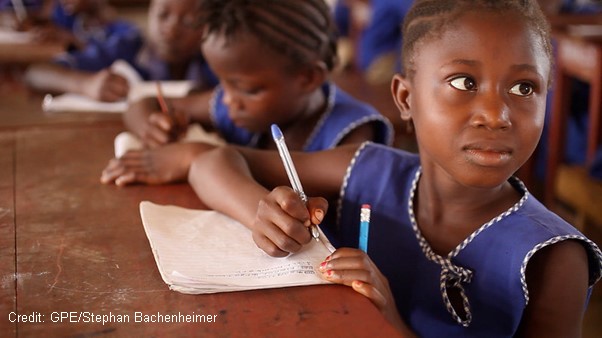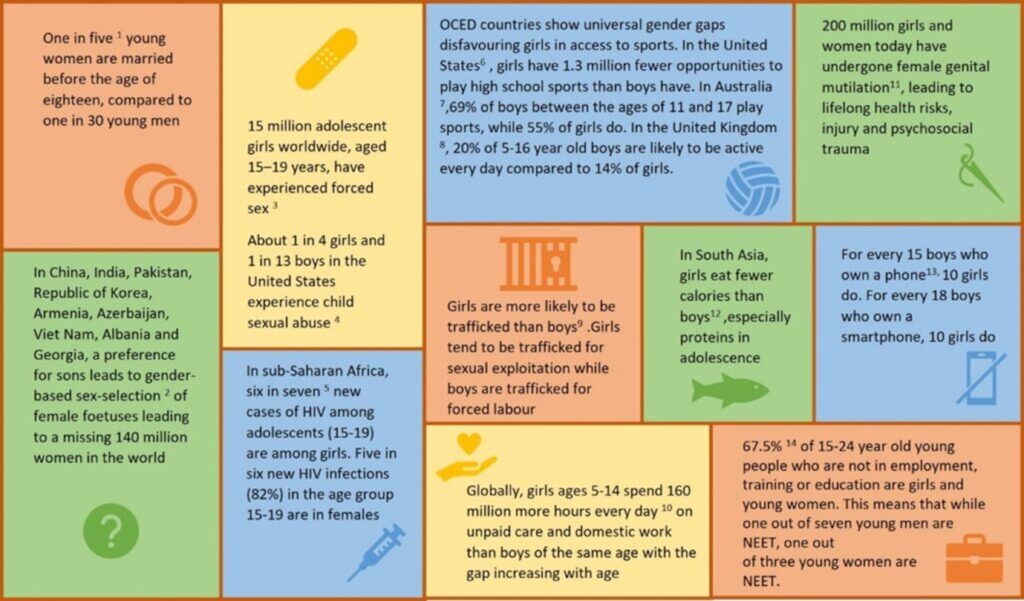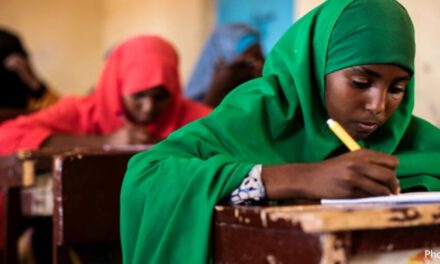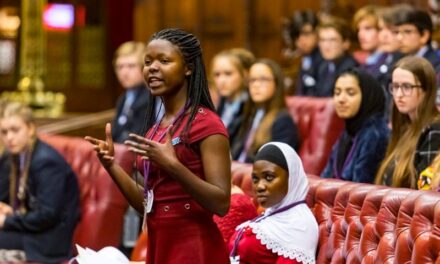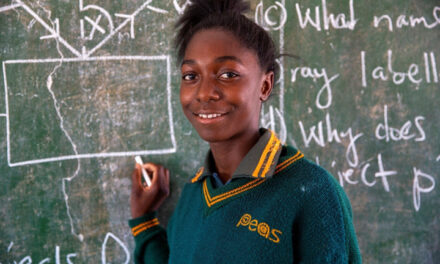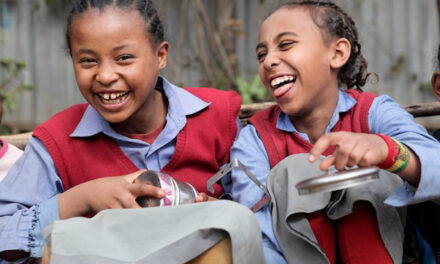“Our time is now—our rights, our future”
The main aims of International Day of the Girl are to promote girl’s empowerment and fulfilment of their human rights while also highlighting the challenges that girls all over the world face.
Investments in girls’ rights remain limited and girls continue to confront a myriad of challenges to fulfilling their potential; made worse by concurrent crises of climate change, COVID-19 and humanitarian conflict. Girls around the world continue to face unprecedented challenges to their education, their physical and mental wellbeing, and the protections needed for a life without violence. Girls with disabilities face additional barriers to accessing support and services. COVID-19 has worsened existing burdens on girls around the world and worn away important gains made over the last decade.
So many individuals and organisations across the UKFIET community are working to promote girls’ rights. Some of this work is highlighted here through a selection of blogs from our website.
Educating adolescent girls: what works?
Girls’ education might just save the planet!
It’s not girls versus boys, it’s ALL children against gender inequality
What do we know about the links between girls’ education and climate and environment change?
Gender-responsive education in emergency in Nigeria: Safeguarding girls’ presents and futures
Challenging assumptions: why girls with disabilities return to school
Fund Girls’ Education. Don’t Greenwash It.
Where are the girls and why it matters as schools reopen?
#IDG2022 #DayoftheGirl
Statistics showcasing several aspects in which girls are systemically disadvantaged because of their gender which directly impacts their opportunities and resources to fully, and equally participate in education. Taken from: It’s not girls versus boys, it’s ALL children against gender inequality

